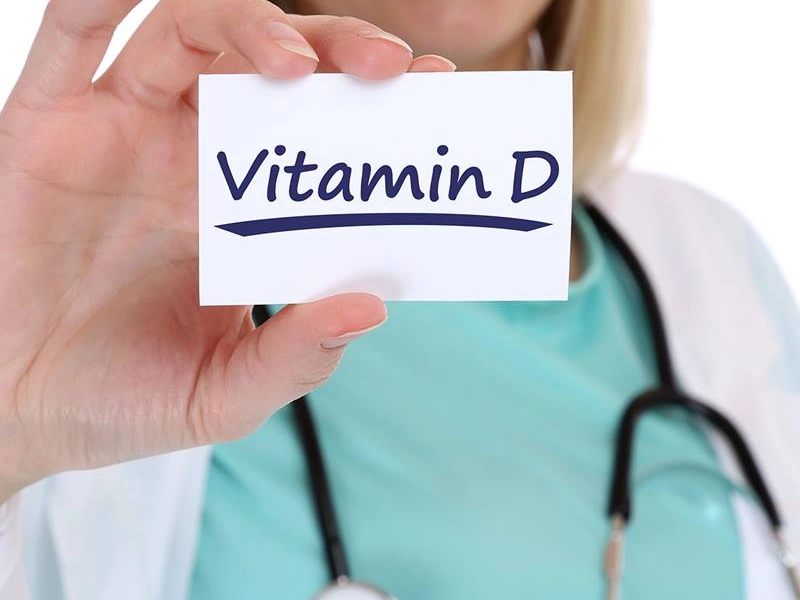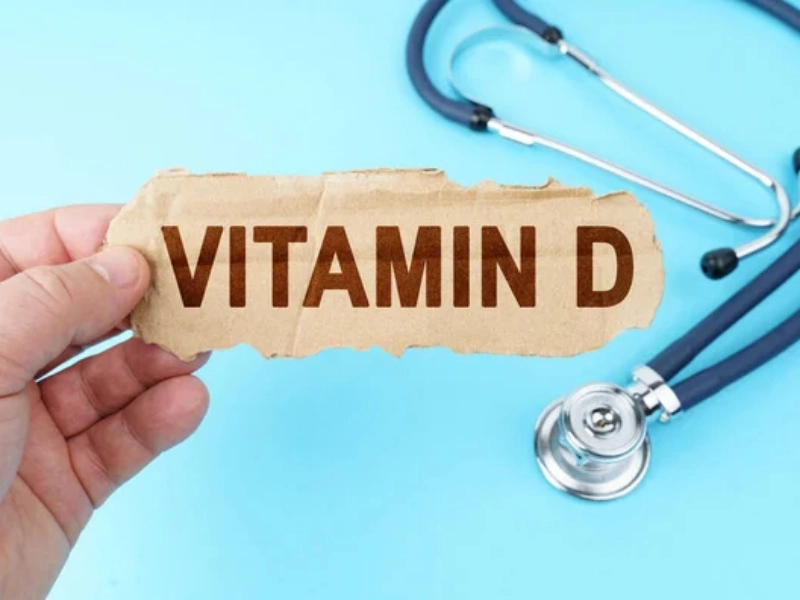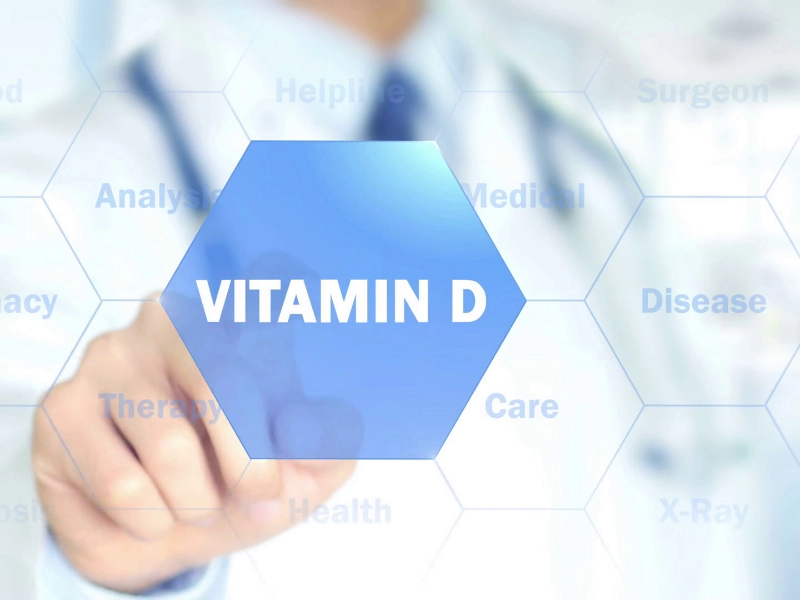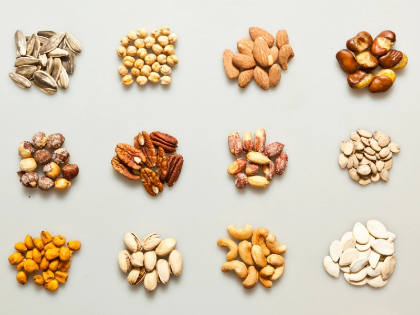Vitamin D for Pain Management: Natural Anti-Inflammatory Effects
1.One should grasp vitamin D. One essential nutrient that is quite important for preserving general health is vitamin D. Often called the "sunshine vitamin," it is created in the skin in reaction to sunlight. Beyond its well-known advantages for bone health, vitamin D has attracted interest for its anti-inflammatory properties and its function in pain control. Knowing how vitamin D affects pain can enable people to investigate natural ways to reduce suffering.
2. Why Inflammation Causes Pain Although the body naturally responds to damage or infection by inflammation, chronic inflammation can cause a number of health problems, including ongoing pain. Arthritis, fibromyalgia, and chronic back pain are among the disorders sometimes linked to high levels of inflammation. Reducing pain and increasing quality of life depend on control of inflammation. The anti-inflammatory qualities of vitamin D make it a possible friend in helping with pain-related disorders.
3. Immune function and vitamin D The immune system is much regulated by vitamin D. It helps control the immunological reaction, therefore lowering the likelihood of too-strong inflammation. Those with autoimmune diseases, in which the immune system mistakenly targets healthy tissues, resulting in persistent pain, especially depend on this control. Enough vitamin D can help to preserve a balanced immune response, thereby maybe reducing inflammation-related pain.
4. Studies of Vitamin D and Pain Management Many studies have looked at how pain treatment relates to vitamin D levels. Studies show that those lacking in vitamin D are more likely to have chronic pain disorders. For patients with disorders like osteoarthritis and chronic musculoskeletal pain, some studies have indicated that vitamin D supplements can cause appreciable pain relief. These results point to a possible relationship between vitamin D and pain alleviation, even though more study is required.

 6. Suggested Vitamin D Levels Effective pain control depends on an awareness of the advised vitamin D levels. For most adults, the Institute of Medicine advises a daily consumption of 600 to 800 IU; nevertheless, some people may need more, particularly those with low blood levels. Regular blood testing can guide supplements if needed and help evaluate vitamin D status. Reaching ideal vitamin D levels can help with general health and might improve efforts at pain management.
6. Suggested Vitamin D Levels Effective pain control depends on an awareness of the advised vitamin D levels. For most adults, the Institute of Medicine advises a daily consumption of 600 to 800 IU; nevertheless, some people may need more, particularly those with low blood levels. Regular blood testing can guide supplements if needed and help evaluate vitamin D status. Reaching ideal vitamin D levels can help with general health and might improve efforts at pain management.
 7. Potential D Deficiency Risks Among the several health problems vitamin D deficiency can cause are compromised bones, a higher chance of fractures, and more pain sensitivity. Low vitamin D levels might also cause mood swings, which would aggravate the pain perception even more. For patients with chronic pain disorders, addressing vitamin D insufficiency with lifestyle changes or supplements can be very vital.
8. Including vitamin D into approaches to pain management Including vitamin D into a whole pain treatment plan can help. This strategy can call for a balanced diet high in vitamin D, lots of sunlight, and adequate supplements. Combining vitamin D with other treatments, such as physical therapy or exercise, can also help with general pain alleviation and increase functioning. Better results from a complete pain treatment strategy can follow from this.
9. Lifestyle Choices Affecting Vitamin D Levels Vitamin D levels can be influenced by several lifestyle choices, including general health, physical exercise, and food. Frequent exercise helps improve vitamin D metabolism and increases its advantages for pain treatment. Moreover, keeping a good weight can help to sustain ideal vitamin D levels since extra body fat can bind the vitamin and reduce its availability for the body. Encouragement of a healthy lifestyle can help to control discomfort.
10. Synopsis of Vitamin D's Part in Pain Relief Natural anti-inflammatory properties of vitamin D make it an essential supplement with possible advantages for pain management. Vitamin D can help ease chronic pain connected with several diseases by controlling the immune response and lowering inflammation. By means of sunlight, nutrition, and supplements, ensuring sufficient vitamin D levels supports general health and improves pain-relieving techniques. Including vitamin D in a whole strategy for pain management can help one to have better quality of life and well-being.
7. Potential D Deficiency Risks Among the several health problems vitamin D deficiency can cause are compromised bones, a higher chance of fractures, and more pain sensitivity. Low vitamin D levels might also cause mood swings, which would aggravate the pain perception even more. For patients with chronic pain disorders, addressing vitamin D insufficiency with lifestyle changes or supplements can be very vital.
8. Including vitamin D into approaches to pain management Including vitamin D into a whole pain treatment plan can help. This strategy can call for a balanced diet high in vitamin D, lots of sunlight, and adequate supplements. Combining vitamin D with other treatments, such as physical therapy or exercise, can also help with general pain alleviation and increase functioning. Better results from a complete pain treatment strategy can follow from this.
9. Lifestyle Choices Affecting Vitamin D Levels Vitamin D levels can be influenced by several lifestyle choices, including general health, physical exercise, and food. Frequent exercise helps improve vitamin D metabolism and increases its advantages for pain treatment. Moreover, keeping a good weight can help to sustain ideal vitamin D levels since extra body fat can bind the vitamin and reduce its availability for the body. Encouragement of a healthy lifestyle can help to control discomfort.
10. Synopsis of Vitamin D's Part in Pain Relief Natural anti-inflammatory properties of vitamin D make it an essential supplement with possible advantages for pain management. Vitamin D can help ease chronic pain connected with several diseases by controlling the immune response and lowering inflammation. By means of sunlight, nutrition, and supplements, ensuring sufficient vitamin D levels supports general health and improves pain-relieving techniques. Including vitamin D in a whole strategy for pain management can help one to have better quality of life and well-being.







